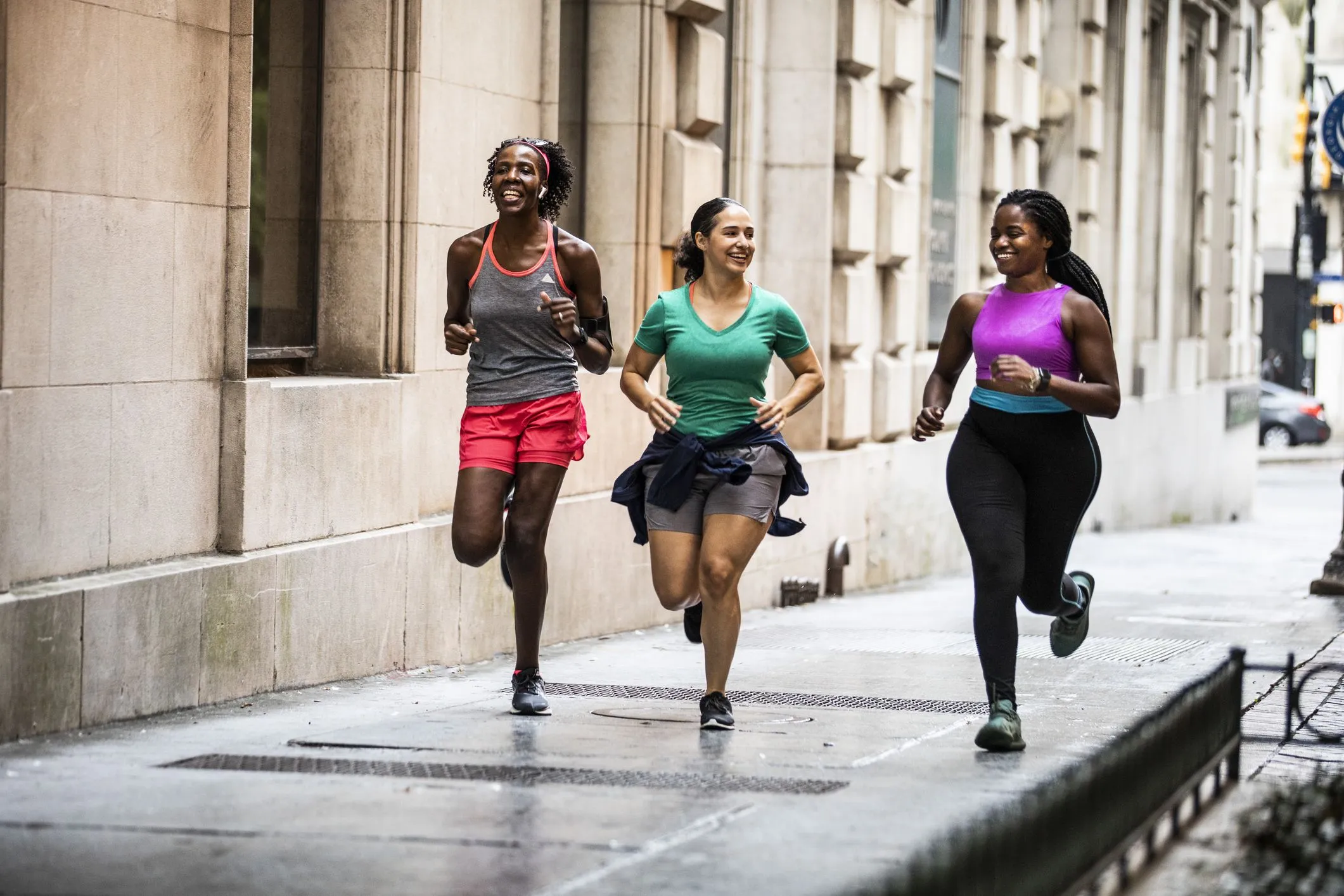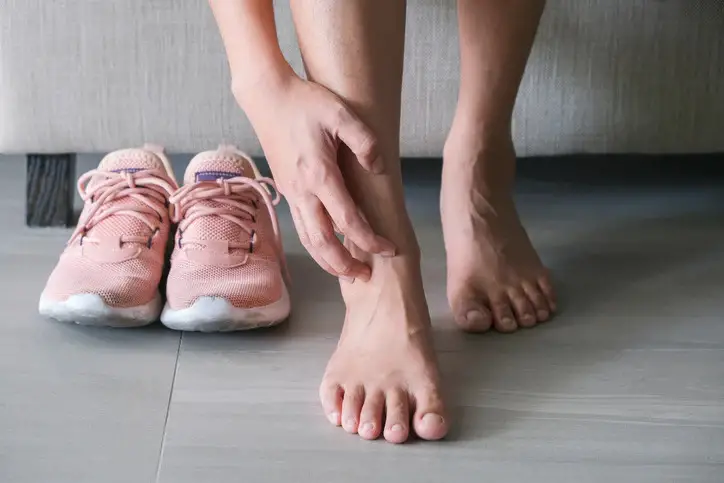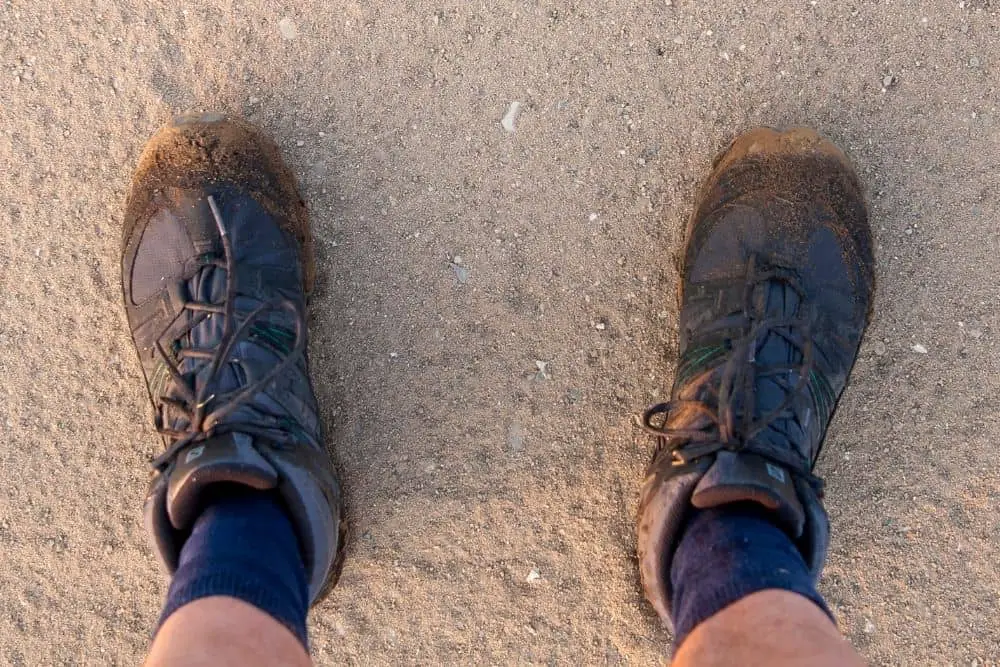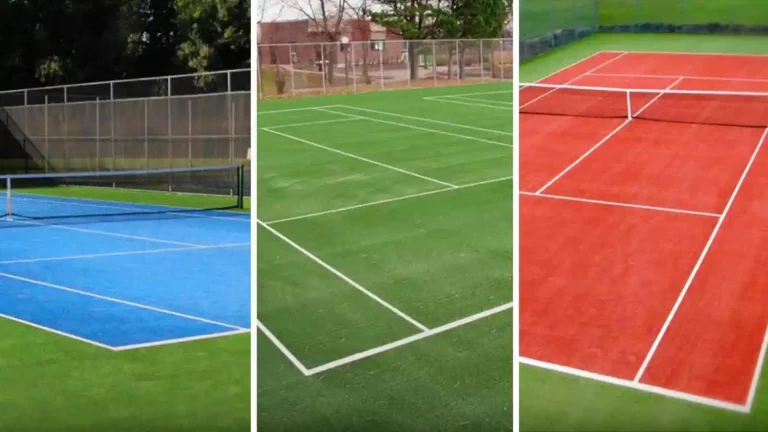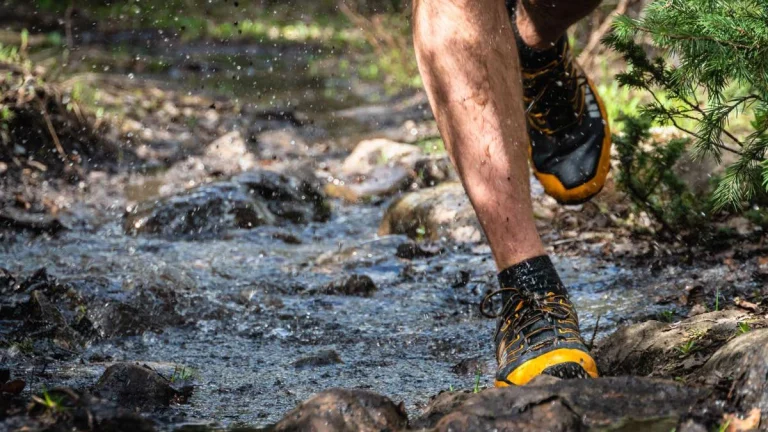How To Start Running Outside?
Looking to take your fitness routine outdoors? Starting to run outside can be a refreshing and energizing way to stay active. This guide will provide you with essential tips to begin your outdoor running journey. From finding the right running shoes and clothing to planning your routes and gradually increasing your distance, you’ll be well on your way to enjoying the freedom and benefits of running in the great outdoors. In this blog post, we will explain how to start running outside. Lace up your shoes, and let’s get started!
Begin your first run with 30 minutes of brisk walking. Each workout afterward, gradually decrease the amount of time you walk and increase the amount of time you run. After seven weeks, aim to work out for a full hour, alternating between two-minute running intervals and one-minute walking intervals.
How To Start Running Outside?
To start running outside, follow these steps:

5 Tips for Running Outside
Here are five tips for running outside:
Start Slow
If you’re new to running, begin with a comfortable pace and gradually increase your speed and distance over time. This will help prevent injuries and allow your body to adapt to the demands of running.
Dress Appropriately
Wear moisture-wicking and breathable clothing suitable for the weather conditions. Layer up in colder temperatures, and protect yourself from the sun with sunscreen and a hat in warmer weather.
Plan Your Route
Choose safe and scenic routes that suit your fitness level and preferences. Look for parks, trails, or quiet neighborhoods with sidewalks to ensure a pleasant and uninterrupted running experience.
Stay Hydrated
Carry a water bottle or plan your route near water fountains to stay hydrated during your run. Drink water before, during, and after your run to replenish fluids lost through sweat.
Listen to Your Body
Pay attention to any discomfort or pain during your run. If something doesn’t feel right, take a break, stretch, or seek medical advice if necessary. It’s important to prioritize your safety and well-being while running outside.
4 Benefits of Running Outside
Running outside offers numerous benefits for both physical and mental well-being. Here are four key advantages:
Fresh Air and Nature
Running outside allows you to breathe in fresh air and connect with nature. The change in scenery and exposure to natural elements can boost your mood, reduce stress, and increase feelings of relaxation and well-being.
Varied Terrain and Challenges
Outdoor running offers a variety of terrain, such as hills, trails, and parks, which can provide a more engaging and challenging workout compared to running on a treadmill. This helps improve balance, coordination, and overall fitness.
Vitamin D Absorption
Running outside exposes you to sunlight, which is a natural source of vitamin D. Adequate vitamin D levels are essential for bone health, immune function, and overall well-being.
Increased Motivation and Enjoyment
The ever-changing outdoor environment can make running more enjoyable and motivating compared to indoor workouts. The sights, sounds, and interactions with fellow runners or nature can enhance your overall running experience and keep you engaged in your fitness journey.
3 Drawbacks of Running Outside
While running outside offers numerous benefits, there are also a few drawbacks to consider. Here are three potential drawbacks to running outside:
Weather Conditions
Running outside means you are exposed to the elements, including extreme temperatures, rain, wind, or snow. Unfavorable weather conditions can make running uncomfortable, increase the risk of injury, or even force you to cancel your run altogether.
Safety Concerns
Running outside may present safety challenges, especially if you’re running in unfamiliar areas or during low-light conditions. Uneven surfaces, traffic, and potential encounters with aggressive animals or individuals can pose risks. It’s important to prioritize personal safety and take precautions such as running in well-lit areas, wearing reflective gear, and being aware of your surroundings.
Limited Accessibility
Depending on your location, finding suitable running routes may be challenging. Urban areas may have limited green spaces or crowded sidewalks, while rural areas may lack safe running paths. Limited accessibility to running trails or parks can restrict your options and make it harder to find enjoyable routes.
RelatedTo: Best Running Shoes For Ankle Support
Related To: Best Running Shoes For Beginners
How do I work out safely and avoid injury?
To work out safely and avoid injury, follow these guidelines:
Lace Up Your Running Shoes
Lacing up your running shoes is the first step towards an invigorating and fulfilling run. Follow these steps to ensure a comfortable and secure fit:
Related To: How To Measure Shoe Laces
Related To: How To Tie Boat Shoes Laces Hidden?
Conclusion
Starting to run outside can be a transformative experience for both your physical and mental well-being. By following the tips and advice outlined in this guide, you can confidently step out of your comfort zone and embrace the joys of outdoor running. Remember to listen to your body, stay consistent, and gradually challenge yourself to reach new milestones. So, lace up your shoes, breathe in the fresh air, and let the journey begin towards a healthier and more fulfilling lifestyle.

